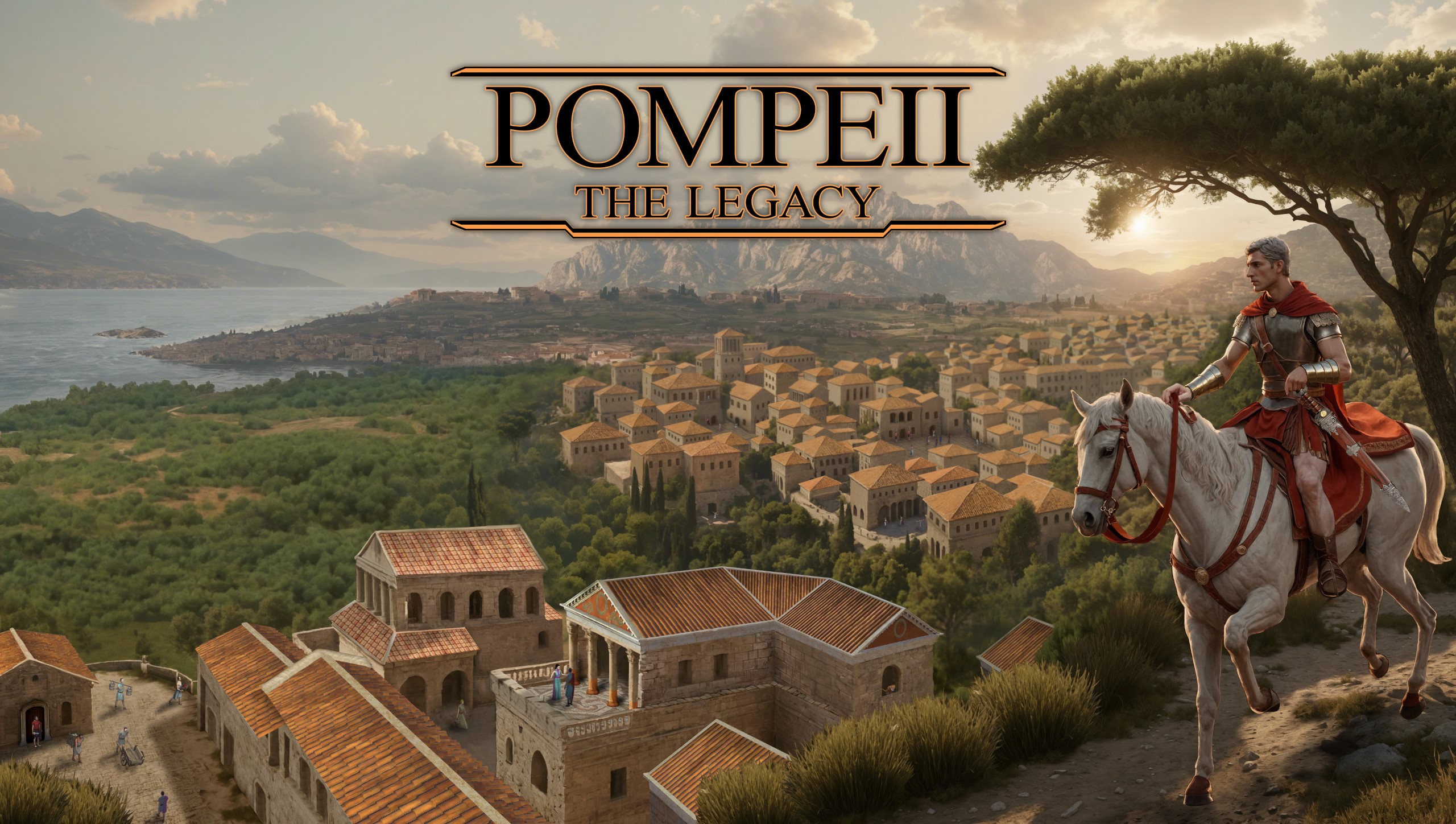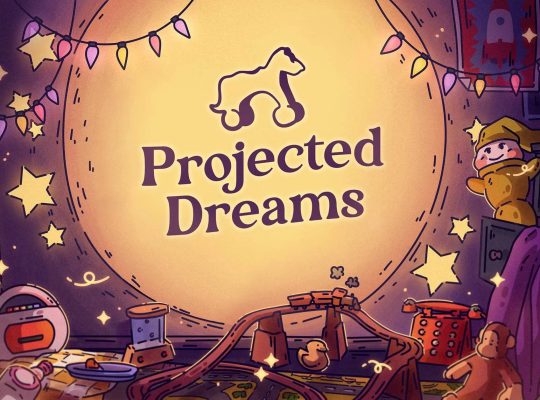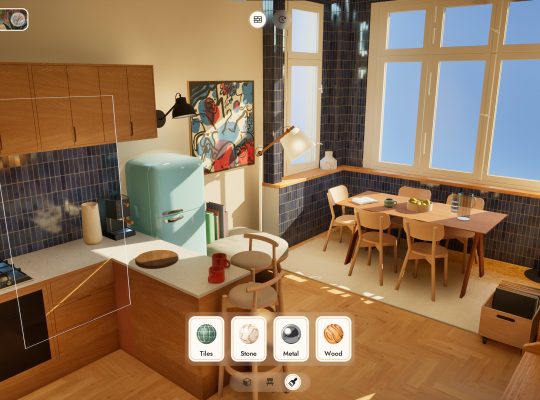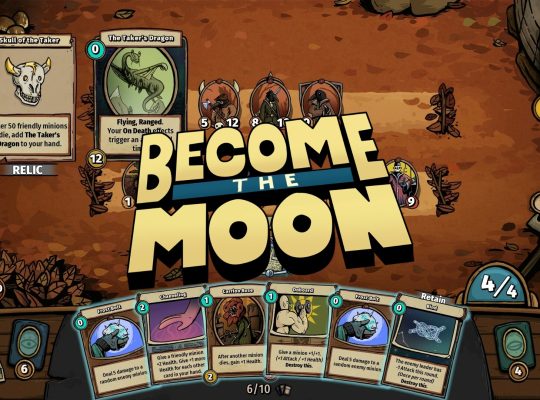Pompeii: The Legacy is an ambitious historical city-building game developed by Siscia Games, primarily as a solo project by Željko Kos, with support from a small team of collaborators. Currently in development with no firm release date beyond an anticipated 2025 launch, the game has recently opened its Steam Playtest, offering players an early glimpse into its mechanics and vision.
The Steam Playtest runs until March 31, offering instant access through the game’s Steam page. It’s not a basic teaser but a “highly polished experience” covering the opening chapter, tutorials, early city growth, and port construction. My biggest disappointment is the lack of a sandbox or free exploration mode. The playtest offers about one to two hours of gameplay with solid voice acting and mechanics explained in detail. Still, what’s shown in the playtest looks very promising. I did encounter a few minor bugs, like quarries disappearing or frozen animations in buildings, but nothing game-breaking or too disruptive.

When I visited Željko at his studio earlier this year, I got an exclusive look at what the playtest would include, and now it’s exciting to see the gameplay out in the wild, with everyone able to experience it firsthand. Honestly, we’re seeing a surge of Roman city-builders lately, but Pompeii aims to strike a balance between realism and a touch of fantasy. Unlike typical historical retellings that focus on the eruption of Mount Vesuvius in 79 AD, this game starts 20 years after the disaster, casting you as the leader of a Roman family tasked with rebuilding the city from its ashes.
Living roman tapestry
In the game, you’ll build infrastructure like roads, water systems, and housing while managing resources such as food, stone, and wood. You’ll also need to ensure citizens thrive by providing jobs, maintaining hygiene, and offering entertainment. What I really like is how straightforward building is, though construction takes some time, the pacing feels just right. Plebeians and slaves each have their own roles, and building different types of houses is definitely important.
My biggest issue is with how money is earned. The playtest only showcased the marketplace, which doesn’t generate much income, and the tax office wasn’t available. This left me stuck at times, unable to continue building, which eventually forced me to just build the port and end the playtest. The UI is decent, the visuals are there but seem to lack proper polish, you can see the small pixels, and some animations are definetly not finished and stiff.

One thing to note is that I’m really hoping for more decorative options. I’m the type of builder who loves to beautify cities with statues and plants, but it was tough to do that since the game only offered a few options. I was hoping to experience the political side of the game, but the playtest focuses on straightforward gameplay with mission-based objectives. Željko did emphasize this point in our conversation earlier this year, and while it’s a good idea, it can feel repetitive if you’re just following quests without some freedom to explore or experiment.
Give it a try, you won’t be dissapointed
The technology aspect is well done. You don’t waste too much time researching, and progress feels gradual and rewarding. This turned out to be an intriguing feature, I found myself planning ahead for structures like the forum and reserving space for it in the city. The buildings also look incredibly authentic, giving you a genuine sense of being in the Roman era, and the animations for each structure add a unique touch.
Additionally, you can upgrade buildings to higher levels, unlocking benefits like more workers or a larger area of effect, such as with the architect building. However, I do wish there was a menu providing an overview of all buildings on the main screen, allowing you to upgrade them with a click instead of doing it manually.
There are some genuinely great ideas here, like placing stone quarries inside hills and clay manufactories near water, which makes logical sense. The inclusion of barber shops and possibly even physicians adds an intriguing layer, touching on historical details many of us might not know about. There’s also the ability to scavenge ruins for resources, which adds depth to the gameplay. To wrap it up, for city-builder and history enthusiasts, this is a must-try, especially since it’s free through the playtest. For now, it’s like excavating a Roman ruin, with the potential of uncovering a thriving city beneath.









